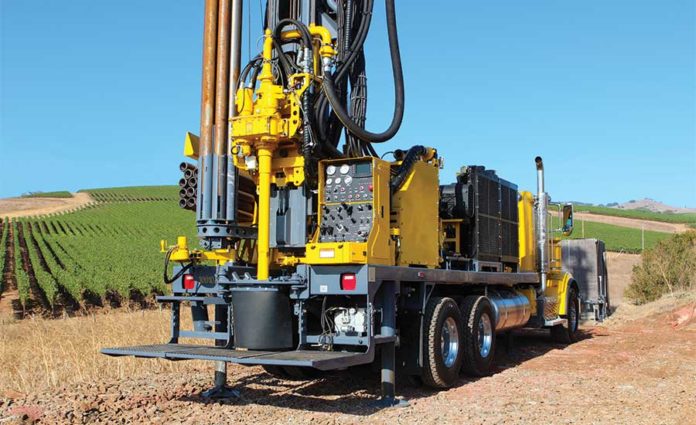There are a variety of machines and tools available for drilling contractors, and selecting the right piece of equipment is a tricky process. Some of the essential considerations include soil condition, project size, pipe size, and technique to employ. The primary tool used in trenchless pipe installation is a drill rig. It is essential in almost every step of the process, from installation to site rehabilitation. In most directional drilling projects, the size of the pipe and the nature of the project dictates the kind of drill rig used.
Directional drilling contractors typically have both large and small machines to work on various projects. If the project entails the installation of conduits for utilities such as water, electricity, and telecommunications, a universal type of drill rig will suffice.
How to get the extra edge in selecting a drill rig
A profitable directional drilling business requires sufficient planning. You cannot spend your capital on equipment without deciding which type of projects to accept. By specialising in a particular field, you can effectively use your budget to buy the right drill rig that will get the job done. It is also critical to learn more about the industry you wish to operate in so that you can plan on a timeline for growth and expansion.
Another suggestion for directional drilling companies is to remain flexible in accepting projects. For example, working in an urban location requires using a smaller rig to ensure minimal disruption. The size of the drill rig is not an issue if the project is located in a rural area. But keep in mind that a larger rig will also allow you to work on longer boreholes and bigger pipes.
Additional tools and features
Once you have decided on the drill rig, the next step in the selection process is tooling. Once again, you will need to consider the underlying factors such as the soil type and pipe size. You can choose from a variety of drill heads and reamers depending on the type of soil.
If drilling involves working through rocks, you can use a hammer system with enough power to cut through granite. It will not only minimise the mess but also speed up the drilling process. There are tooling manufactures that specifically offer products which adapt to different terrains, including rock, sand, and clay.
Another helpful tool to have is special software used in coming up with a drilling strategy. Many drilling companies today use it because the software is compatible with handheld devices such as tablets.
Safety and performance
Apart from advanced features, the performance of the machine is another significant consideration. Choosing a drill rig means you also need to factor in maintenance and repairs. A manufacturer that operates locally is the best choice because you have access to maintenance services and spare parts that are not readily available if you sourced the equipment from an overseas supplier.
Lastly, look into the built-in safety features of the drilling equipment. Automatic alerts and lockouts are some examples of safety features to look for in a drill rig. These will ensure that should anything go wrong, then the machine will automatically shut down or alert the operator.
